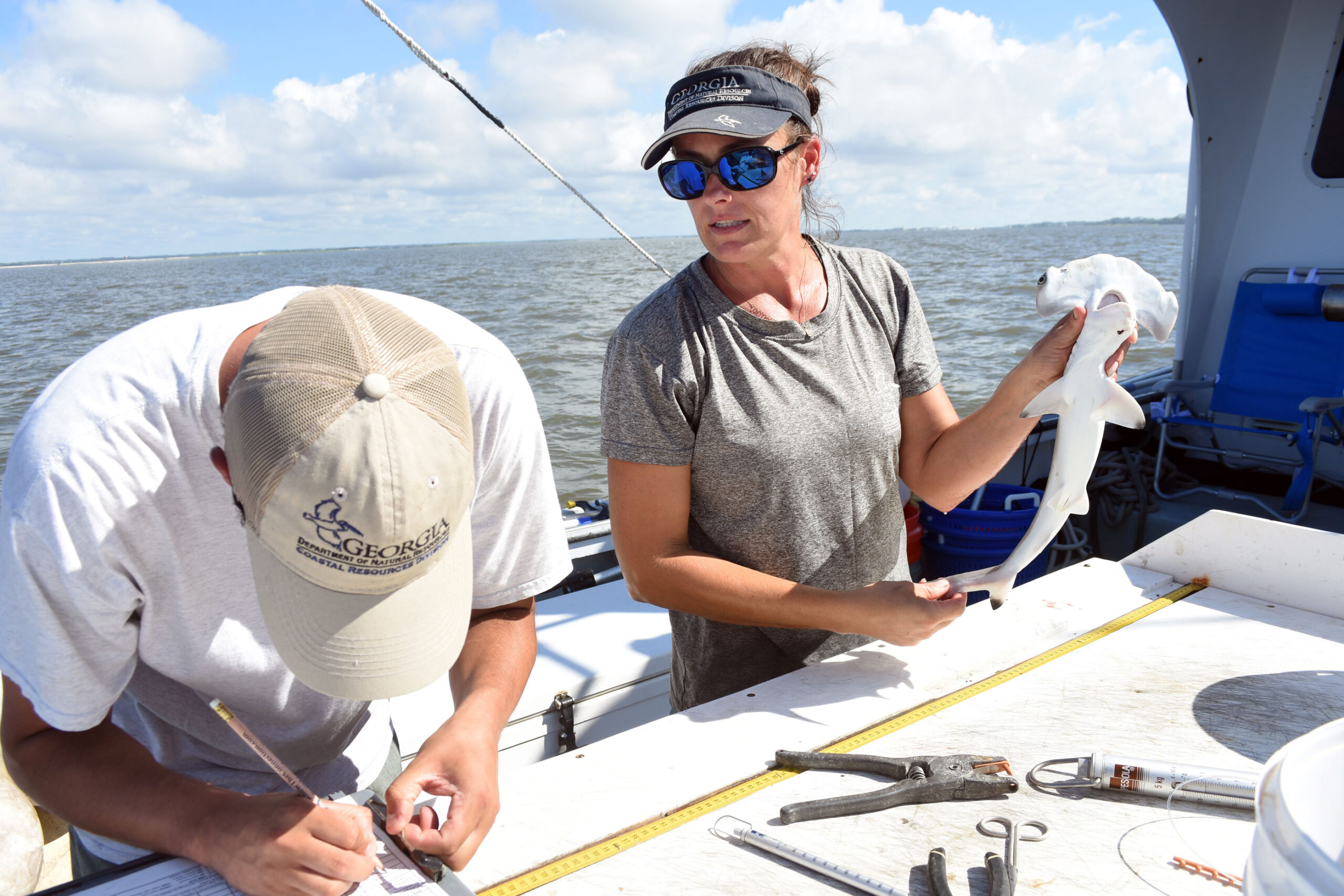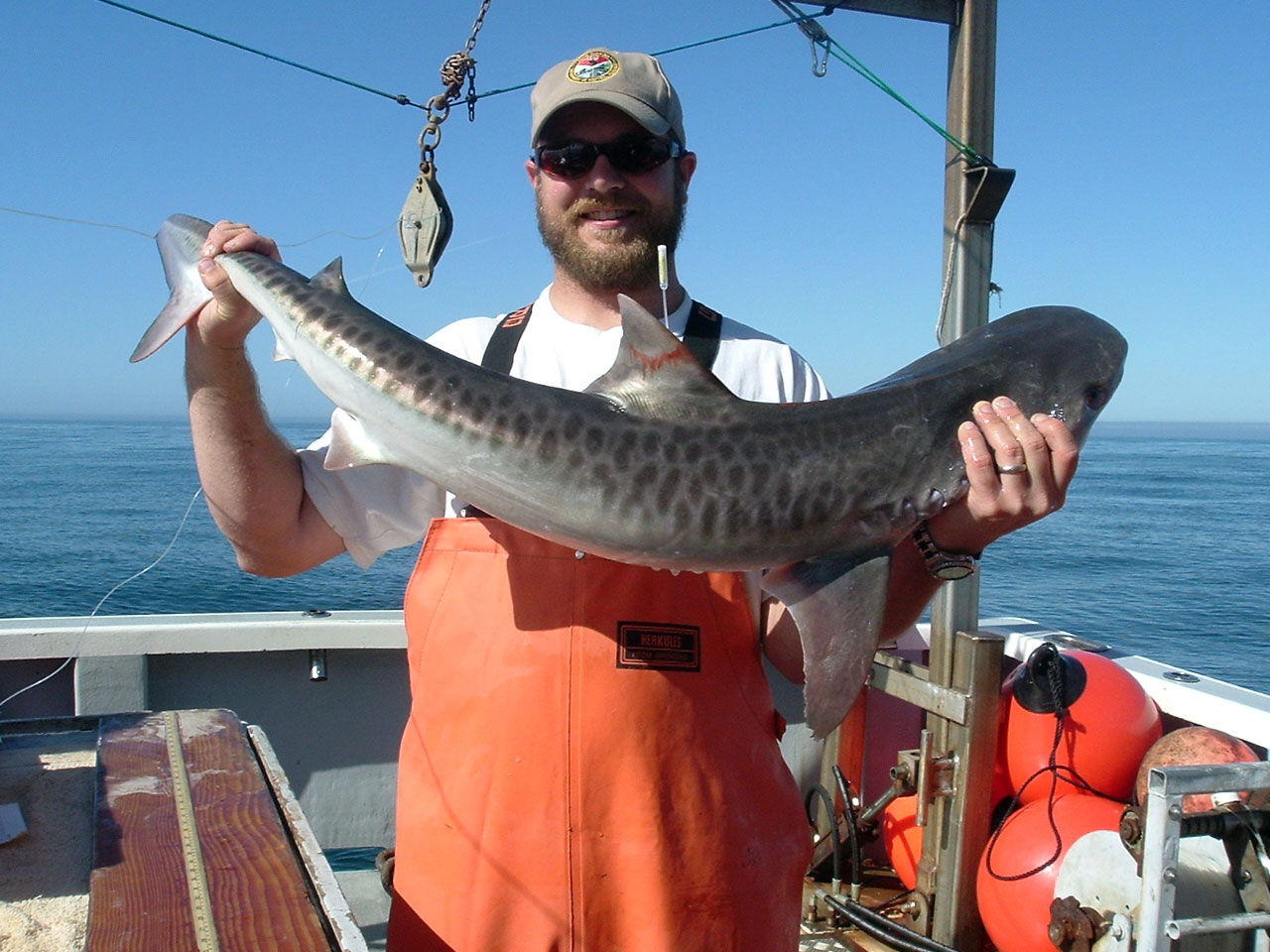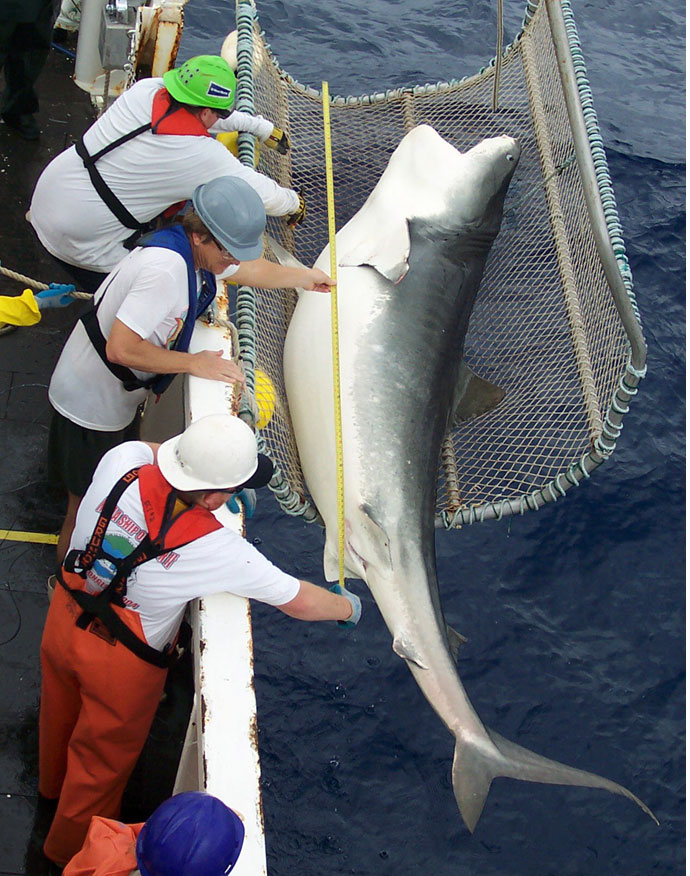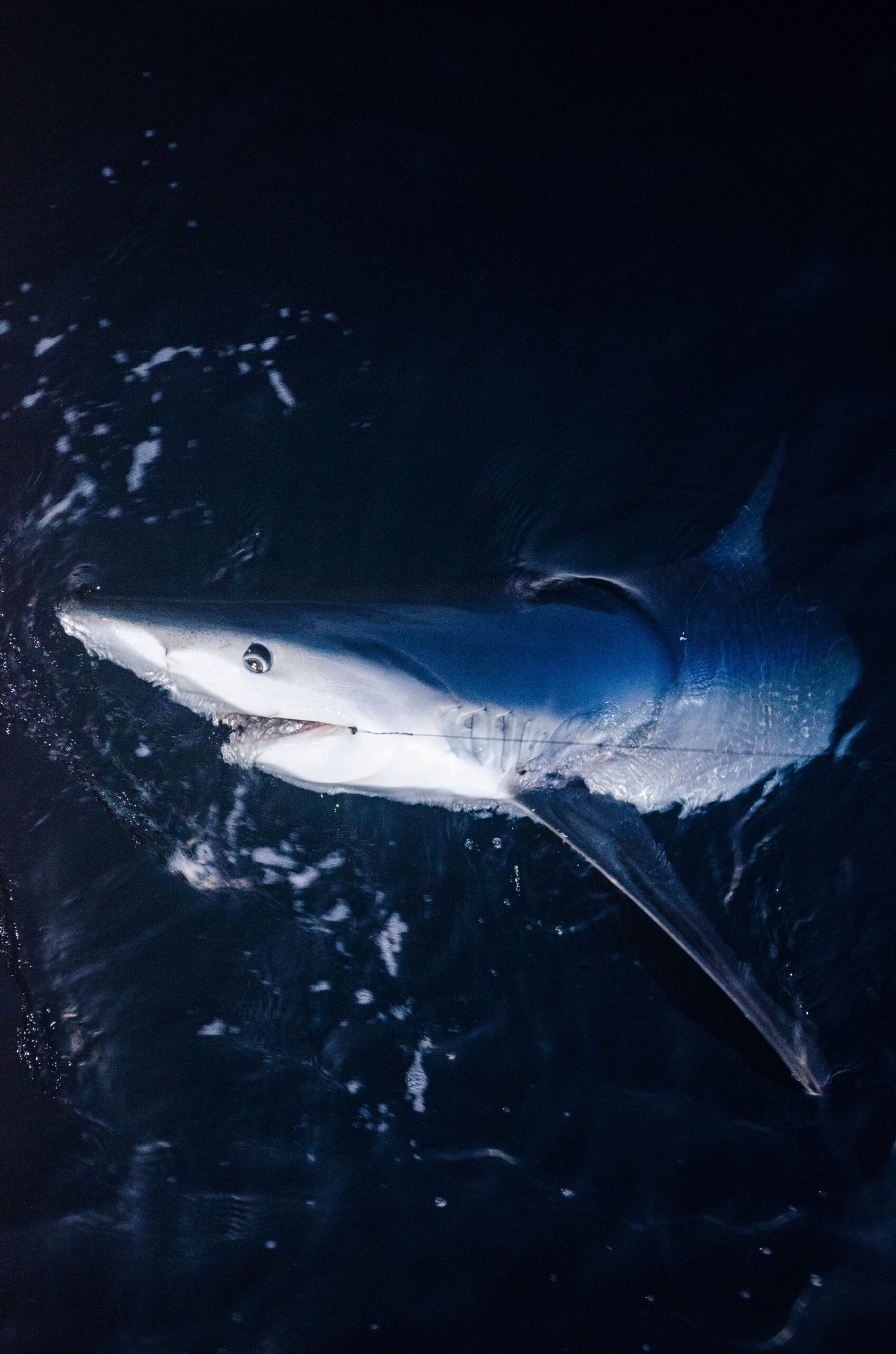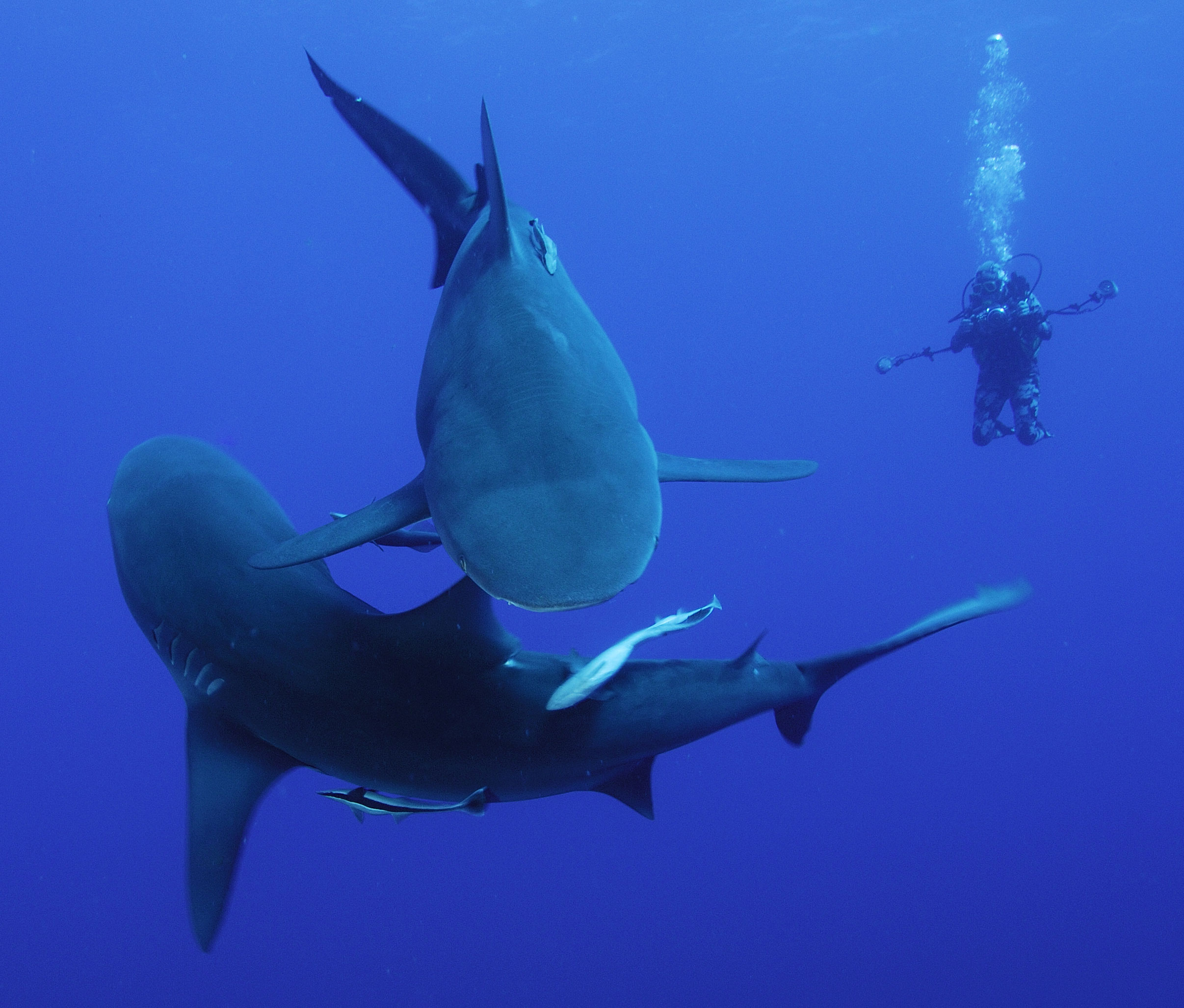Coastal Sharks
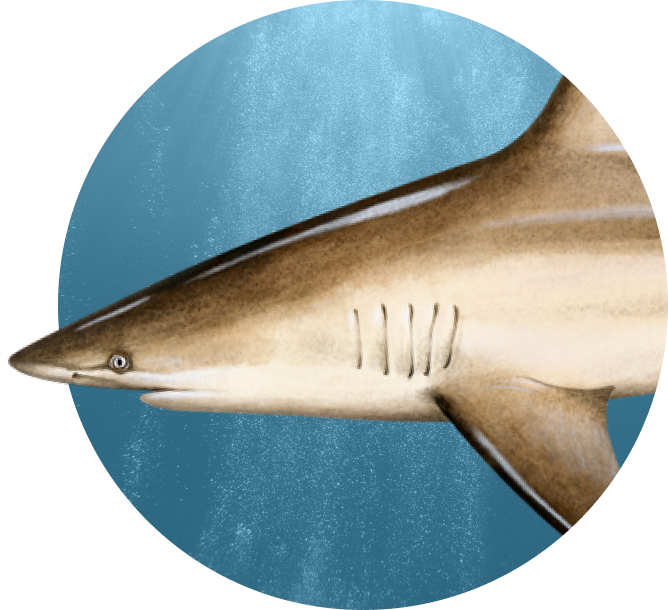
Latest News and Resources
-
Coastal Shark Specifications and Smooth Dogfish State Shares — 2026
-
Coastal Sharks Species Management Overview
-
2025 Annual Meeting Summary — October 2025
-
2025 Annual Meeting Agenda and Public Comment Guidelines
-
2025 Annual Meeting Travel Authorization
-
2025 Annual Meeting Notice and Preliminary Agenda
-

Population Abundance
Varies by species
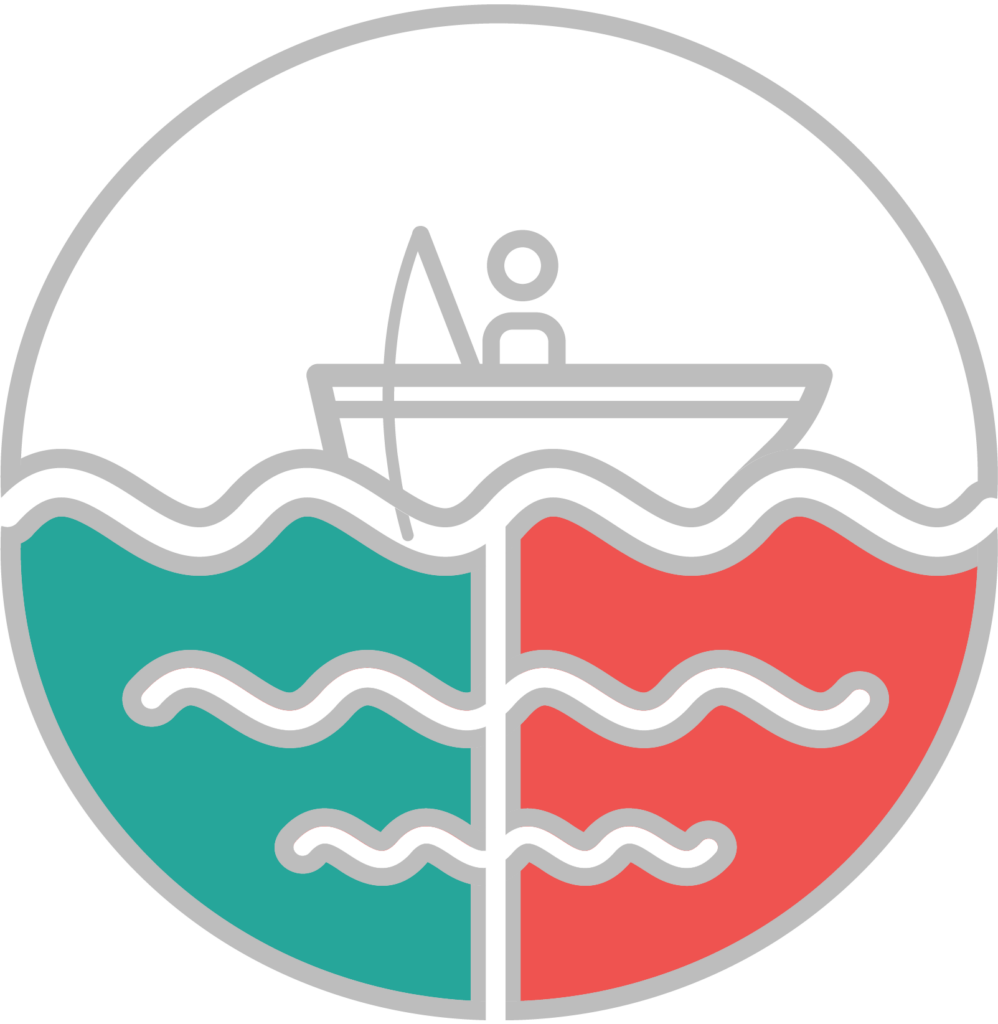
Fishing Mortality
Varies by species
Current Status
Stock status based on 2024 management track stock assessment. Spawning stock biomass estimated to be 2.2 times the biomass target. Management track scheduled for mid-2025.
Meeting Calendar
Next Meeting
No events found
Contacts
- Caitlin Starks, Senior FMP Coordinator (CStarks@asmfc.org)
- Management Board, Erika Burgess, Chair
- Technical Committee, Angel Willey, Chair
- Advisory Panel
Species Information
Coastal sharks are vital keystone species inhabiting the Atlantic coast from Florida to Labrador, playing a crucial role in maintaining the health and balance of marine ecosystems. Due to their low reproductive rates and vulnerability to overfishing, coastal shark populations have faced significant declines, prompting the implementation of strict management measures and moratoriums to ensure their recovery. Managed under comprehensive Interstate Fishery Management Plans, the Commission collaborates with federal agencies to regulate commercial and recreational fisheries, protect critical nursery habitats, and enforce conservation measures aimed at rebuilding and sustaining healthy shark populations for future generations.
Management
In the mid-1980s, sharks were considered an underutilized resource and fishermen were encouraged to fish for them. Over the next few years, fishing effort increased considerably, and the impact of unregulated harvest was beginning to take its toll on some shark species. In the early 1990s, the National Marine Fisheries Service (NMFS) implemented a Fishery Management Plan (FMP) for Sharks of the Atlantic Ocean to rebuild depleted stocks and protect healthy stocks from overfishing. In 2008, the Commission adopted an Interstate Fishery Management Plan for Atlantic Coastal Sharks (and subsequently Addenda I-IV) to complement federal management actions and increase protection of pregnant females and juveniles in inshore nursery areas. The FMP regulates 40 different species of coastal sharks found on the Atlantic coast.
Addendum I, approved in 2009, modified recreational possession limits for smoothhound dogfish and other species, allowed at-sea processing of smooth dogfish from March – June, and removed the two-hour net check requirements, which was determined to be ineffective at reducing bycatch. Addendum II and Addendum III (2013) addressed changes in the federal management of coastal sharks. Addendum II allocated state-shares of the smoothhound dogfish coastwide quota, and modified the maximum fin-to-carcass ratio, consistent with the Shark Conservation Act of 2010. Addendum III created two new species groups (Hammerhead and Blacknose) and increased the recreational size limit for hammerheads. Addendum IV allows smooth dogfish carcasses to be landed with corresponding fins removed from the carcass as long as the total retained catch, by weight, is composed of at least 25 percent smooth dogfish, consistent with federal management measures. Addendum V, approved in August 2018, provides the Board the ability to respond to changes in the stock status of coastal shark populations and adjust regulations through Board action rather than an addendum, ensuring greater consistency between state and federal shark regulations.
In October 2019, the Board approved changes to the gear requirements for recreational shark fishing. For recreational shark fishing in state waters, anglers are required to use non-offset, corrodible, non-stainless steel circle hooks, except when fishing with flies or artificial lures. The measure is to be implemented no later than July 1, 2020. These measures were approved to promote consistency with those approved through HMS Amendment 11.
In May 2022, the Board approved a zero retention limit in state waters for Atlantic shortfin mako sharks for both recreational and commercial fisheries. These measures are consistent with those implemented by NOAA Fisheries for federal highly migratory species (HMS) permit holders based on the International Commission for the Conservation of Atlantic Tunas (ICCAT) recommendation. This action was taken in response to the 2019 Atlantic shortfin mako stock assessment update that indicates the resource is overfished and experiencing overfishing, with a rebuild date of 2070. In May 2024 the Board also established a zero possession limit for oceanic whitetip sharks for recreational and commercial fisheries. This is consistent with regulations implemented by NOAA Fisheries in response to the 2018 determination that oceanic whitetip sharks warranted listing as a threatened species under the Endangered Species Act throughout its range, and a 2020 Biological Opinion that encouraged the inclusion of the species on the Highly Migratory Species (HMS) list of prohibited sharks for recreational and commercial HMS fisheries.
The commercial fishing season opened on January 1, 2025. The commercial possession limit at the start of the season will be 55 large coastal sharks (LCS) other than sandbar sharks (i.e. aggregated LCS and hammerhead shark management groups) per vessel per trip and 8 blacknose sharks per vessel per trip. NMFS may consider in-season adjustments to the commercial possession limits depending on catch rates.
For more information on current federal HMS shark regulations can be found at: https://www.fisheries.noaa.gov/management-plan/consolidated-atlantic-highly-migratory-species-management-plan.
Stock Status
Stock status is assessed by species complex or by species group for species without enough data for an individual assessment. In summary, 14 species have been assessed domestically, three species have been assessed internationally, and 28 species have not yet been assessed. Most of the species that have been assessed and all of those that have not been assessed require a benchmark stock assessment due to new data, changing information on stocks, and improved assessment methodologies. The accompanying table outlines the stock status of each species or species group. In 2020, a benchmark stock assessment for Atlantic blacktip was completed (results indicate the stock is on overfished and overfishing is occurring) as well as Porbeagle sharks (results indicate the Northwest Atlantic stock is still overfished but overfishing is not occurring). A research track assessment of the hammerhead complex (SEDAR 77) was completed in 2024. The assessment indicates that the scalloped hammerhead shark was not overfished and overfishing was not occurring in the terminal year (2019). For smooth hammerheads it suggests overfishing most likely is not occurring and the stock has been rebuilding since 2000. The assessment found that for the great hammerhead shark the stock is overfished, and no overfishing is occurring in the terminal year.
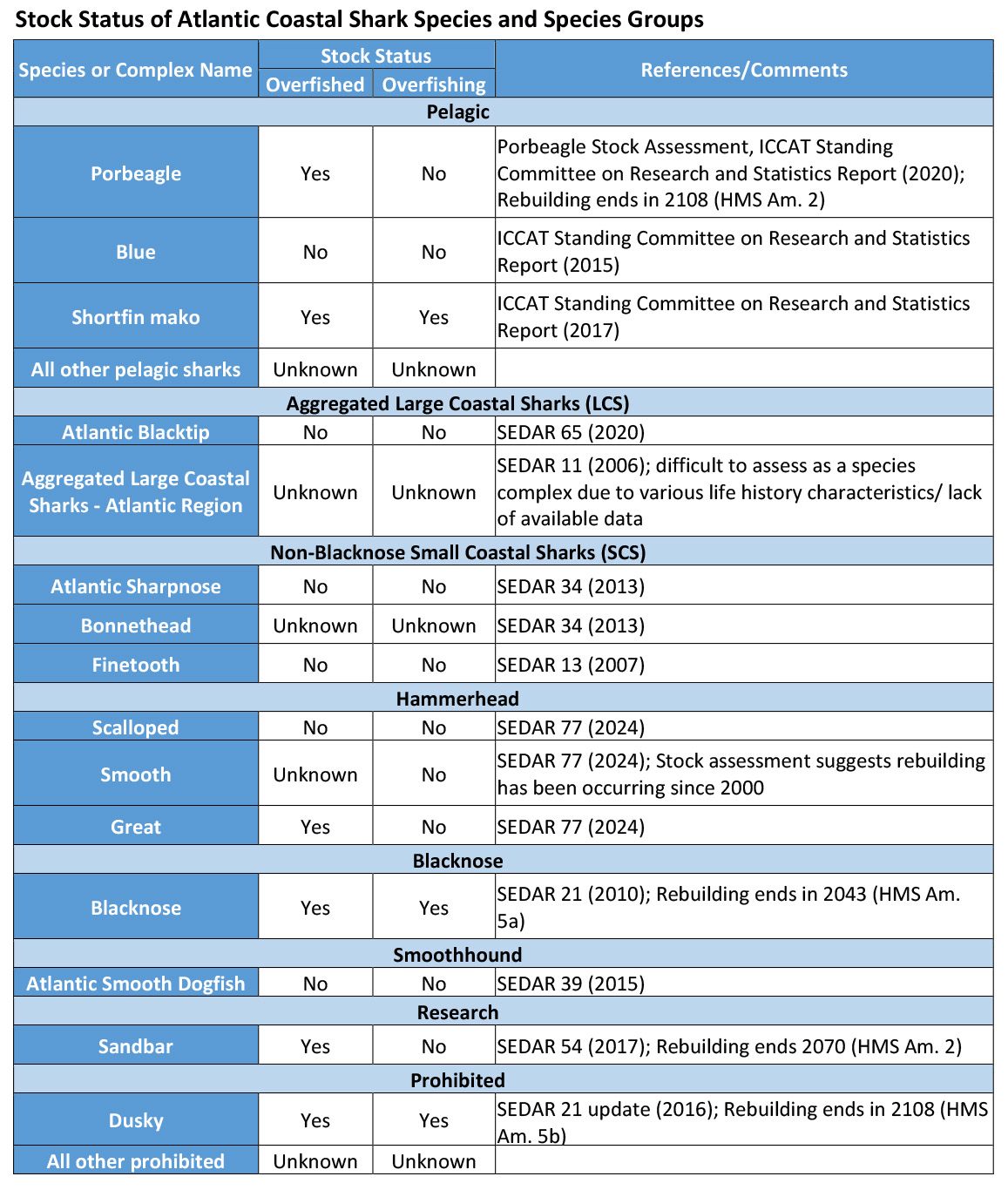
Commercial & Recreational Fisheries
In the mid-1980s, sharks were considered an underutilized resource and fishermen were encouraged to fish for them. Over the next few years, fishing effort increased considerably and the impact of unregulated harvest was beginning to take a toll on some shark species. The National Marine Fisheries Service (NMFS) stepped in to manage these species followed by the Commission with complementary measures.

The commercial shark fishery is generally concentrated in the Southeastern US and the Gulf. The Atlantic fishery targets both large coastal shark (LCS) and small coastal shark (SCS) species with bottom longline as the primary commercial gear, followed by gillnets. An Atlantic bottom longline is 3.4 miles in length on average and contains about 300 hooks. Skates, other sharks, or various finfish are used as bait. The gear typically consists of a heavy monofilament mainline with lighter weight monofilament gangions, or branch lines, coming off the main line. The Southeast shark gillnet fishery is comprised of several vessels based primarily out of ports in northern Florida. Vessels typically use nets ranging from 456 to 2,280 meters long and 6.1 to 15.2 meters deep, with about 5.2 inches of stretched mesh. Commercial LCS landings in 2022 were under 220,000 pounds dressed weight (dw), approximately a 16% increase from 2021 landings. Commercial landings of small coastal shark species in 2022 were 155,072 lbs dw, a 37% decrease from 2021 landings. Commercial Atlantic pelagic sharks landings in 2022 were 58,474 lbs dw, which represents an approximate 31% decrease from 2021 landings.
The recreational fishery for Atlantic sharks occurs in federal and state waters from New England to the Gulf and Caribbean Sea. Once called “the poor man’s marlin,” recreational shark fishing is now a popular sport at all social and economic levels, largely due to accessibility to the resource. Sharks can be caught by rod and reel virtually anywhere in saltwater, with even large specimens available to surf anglers or small boaters in the nearshore area. The recreational shark fishery predominately targets sharks from the smoothhound, pelagic, and SCS complexes. Most recreational fishing takes place from small to medium-size vessels. SCS species such as Atlantic sharpnose, bonnethead, and finetooth comprise the majority of the recreational harvest. Common thresher sharks are generally accessible only to those aboard ocean-going vessels. By species group, 57,329 LCS, 36,138 SCS, and 17,549 smoothhound were harvested during the 2022 recreational fishing season. This reflects decreases of 53%, 67%, and 8%, respectively, from 2021 landings.
Life History
Sharks belong to the class Chondrichthyes (cartilaginous fish) that also includes rays, skates, and deepwater chimaeras (ratfishes). Relative to other marine fish, sharks have a very low reproductive potential. The low reproductive rate is due to sharks slow growth, late sexual maturity, one to two-year reproductive cycles, a small number of young per brood, and specific requirements for nursery areas. These biological factors leave many species of sharks vulnerable to overfishing.
Sharks have internal fertilization and the embryos of most species spend their entire developmental period protected within their mother’s body, although some species lay eggs. Females produce a small number (2 – 25) of large pups, which have an increased chance of survival due to their size. Adults usually congregate in specific areas to mate and females travel to specific nursery areas to pup. These nursery areas are discrete geographic areas, usually in waters shallower than those inhabited by the adults. Frequently, the nursery areas are in highly productive coastal or estuarine waters where abundant small fish and crustaceans provide food for the growing pups. These shallow areas have fewer large predators than deeper waters, thus enhancing the chances of survival of the young sharks.
Sharks are a vital part of ocean ecosystems all over the world. Scientists consider them to be a keystone species because they generally reside at the top of the food chain having a strong impact on other species either directly or indirectly. Removing or reducing shark populations in an area can cause an imbalance in the food chain and produce far reaching negative impacts. Because of this, the health of shark populations in an ecosystem is often an accurate indicator of the overall health of the system.
News & Resources
Explore recent news, management updates, and scientific reports to gain a deeper understanding of ongoing conservation efforts and sustainability strategies.
-
The Coastal Sharks Management Board adopted coastal shark specifications for the 2026 fishing year based on the default federal regulations for Atlantic coastal shark fisheries. Effective January 1, 2024, NOAA Fisheries changed the federal regulations for Atlantic shark fisheries for the 2024 and future fishing years to automatically open the commercial fishing year on January…
-
Prepared for the Commissioner Manual
-
A summary of all the board meetings, press releases and motions from the 2025 Annual Meeting.
-
-
-
-
-
This memorandum serves as notification of the results of the electronic ballot to set the 2025 specifications for the coastal shark fishery, and 2025 smooth dogfish state quota shares. As voted on by the Coastal Sharks Management Board
-
-
Arlington, VA – The Commission’s Coastal Sharks Management Board established a zero possession limit for oceanic whitetip sharks for recreational and commercial fisheries. States will begin rulemaking to implement the new possession limit, effective immediately. NOAA Fisheries issued a final rule in January prohibiting the retention and possession of oceanic whitetip sharks in US waters…
-
-
Progress Update on Ongoing Highly Migratory Species Fishery Management Plan Actions (K. Brewster-Geisz); Consider Implementing Complementary State Waters Measures to Prohibit Retention of Oceanic Whitetip Sharks (C. Starks)
-
-
Under Addendum II to the Interstate Coastal Sharks FMP, the coastwide Atlantic smooth dogfish quota is allocated into state shares. Rollover of unused state shares is not permitted because it could result in overages of the federal coastwide quota.
-
This memorandum serves as notification of the results of the electronic ballot to set the 2024 specifications for the coastal shark fishery.
Get Hooked on ASMFC News
Dive into the latest updates and catch all the important news by joining our newsletter mailing list. Stay in the loop with meeting agendas, fisheries management news, and more.
